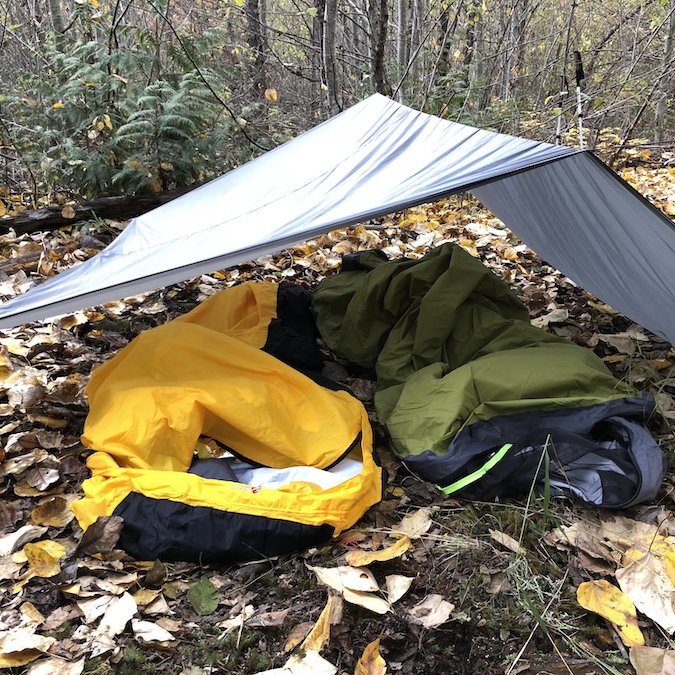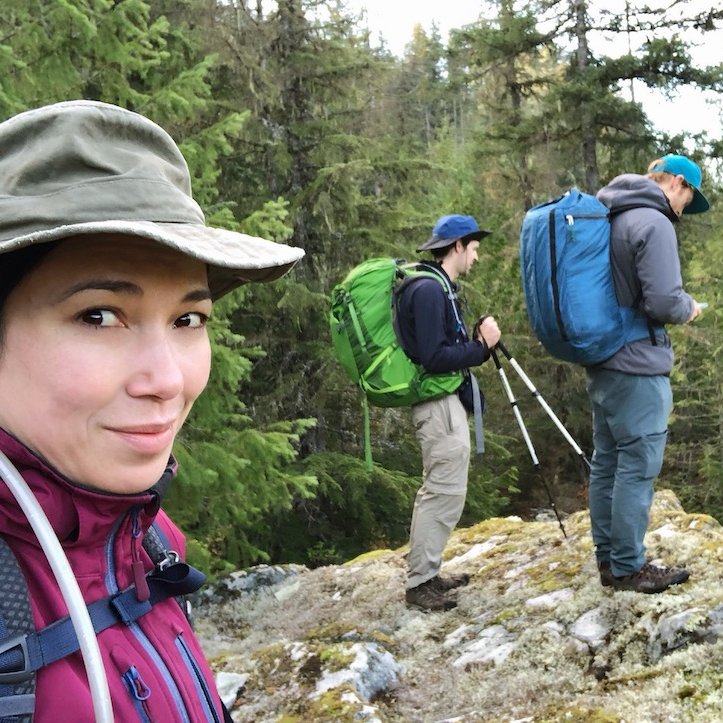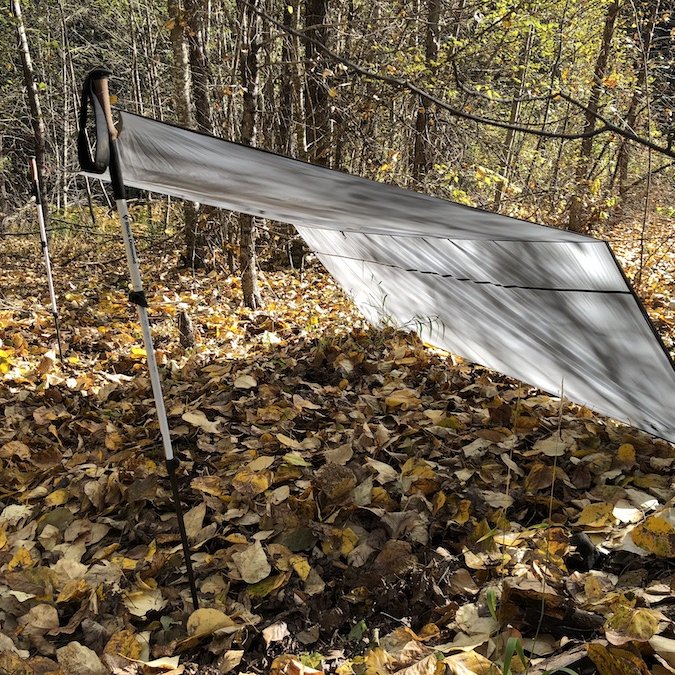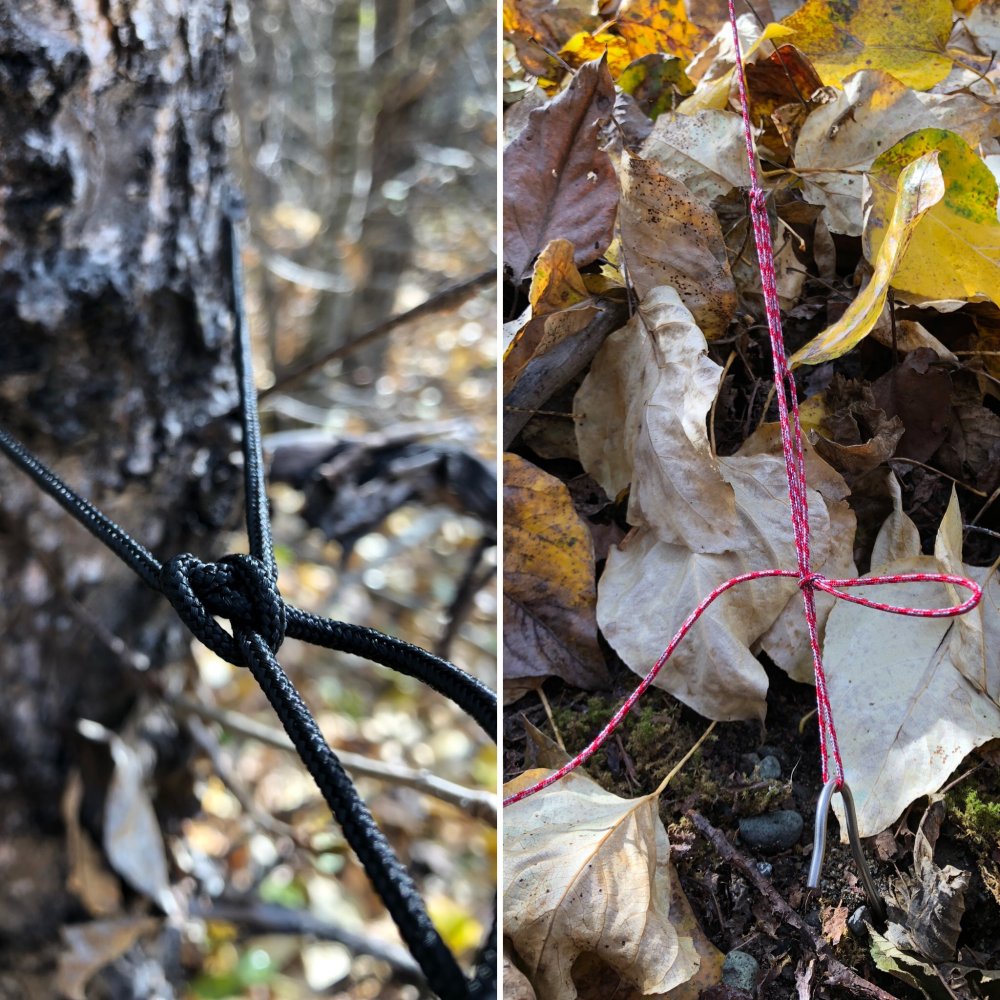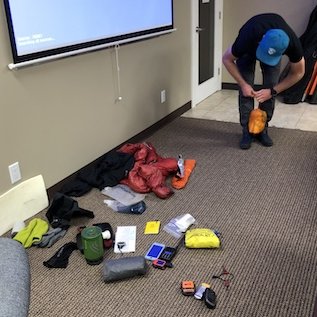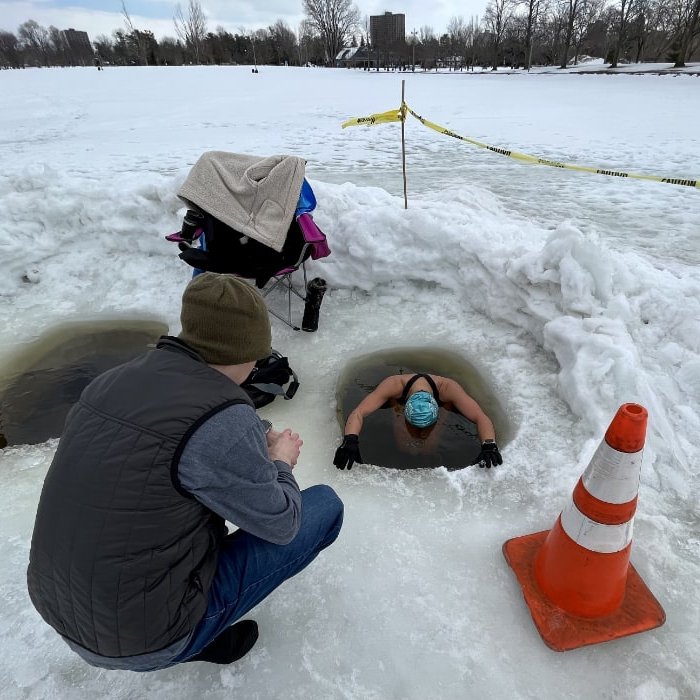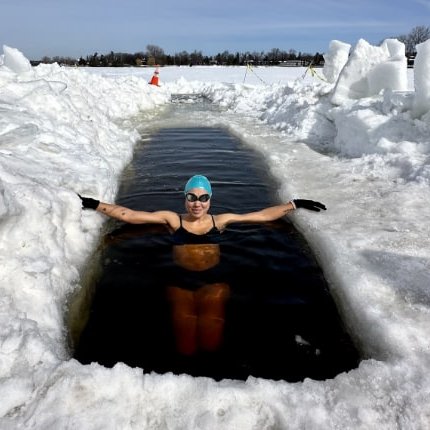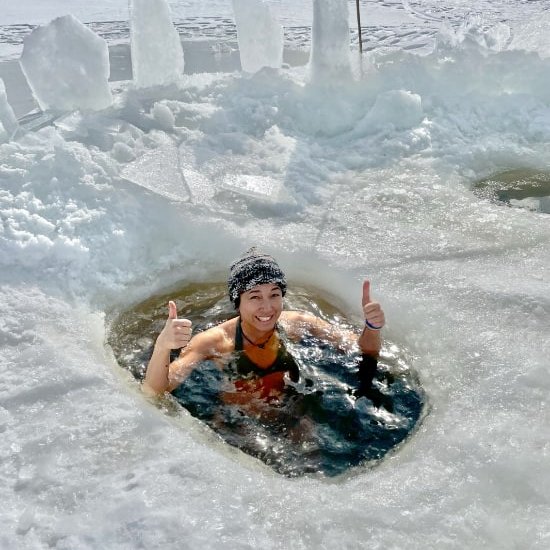This past weekend, my friend Sean and I took the Wilderness Survival course offered by Can West Mountain School. With all the hiking, camping, and kayaking I had been doing, I figured there would be a lot of useful skills to be learned that could help me out if an emergency situation should happen. The course was to cover a variety of skills over one weekday evening and a weekend, including, trip-planning, fire-making, shelter building, navigation, emergency kits and response, but the one skill on the list that I worked on the most over the weekend was mental preparedness, but not in the way you might imagine.
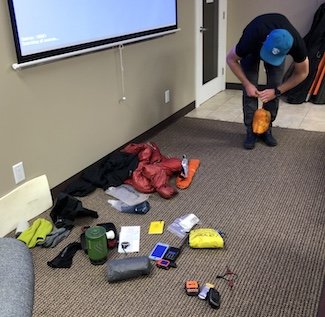
Lay of the Land: What to Expect with this Course
I listed the various skills that are covered in the course, doing one 3-hour classroom session and a weekend in the field, starting at 9am on the Saturday and ending at 3pm on the Sunday. In our case, we only ended up with 2 of us doing the weekend in the field as the other two who had signed up couldn't go because one was sick last-minute and the other had no way of getting there. The instructor hurried through the PowerPoint materials and hand-outs in the class fairly quickly so we could be done earlier. I figured we would probably just spend more time going over things in the field anyway so I had no issue with this.
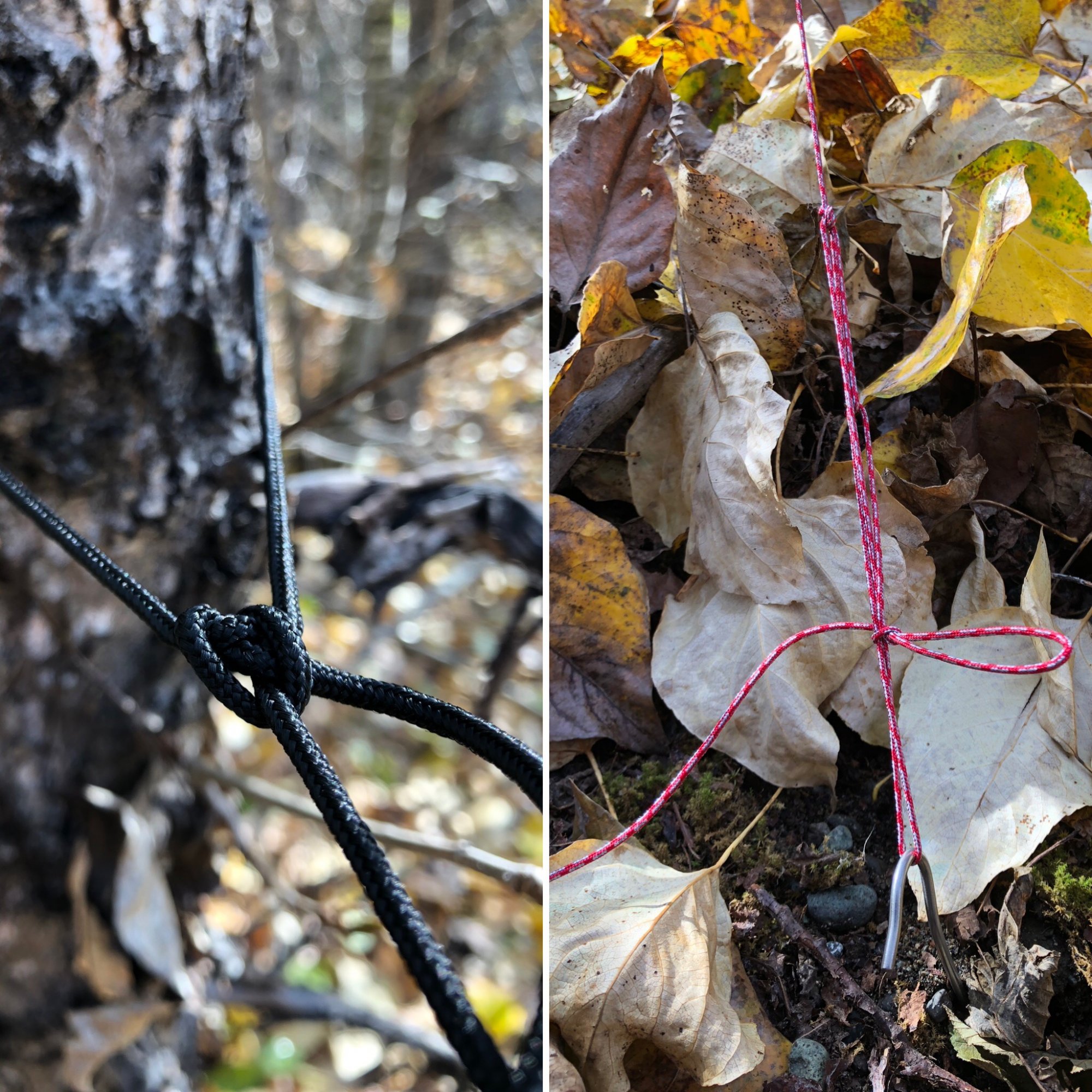
Learning to Build Tarp Shelters
The things I learned over the weekend were welcome additions to my knowledge set. I didn't have any background in building shelters with a tarp and rope, which is useful not only for emergencies but even general comfort. If you have a decent lightweight tarp, with rope, guylines and know how to tie helpful knots, you can make comfortable shelters that come in handy for camping and outdoor activities in general, like the A-frame, asymmetrical A-frame, lean-to, lean-to using hiking poles, etc. Even though I was taught how to do a bow-line, fisherman's hitch (these two are shown on the right) and an overhand with a bite, it would be easy to forget them if not practiced. As our instructor told us, "If you don't know knots, tie lots." Practical advice that can also be put toward the map and compass skills, which were more challenging for me, or even fire building.

Learning to Start Fires with a Variety of Tools & Materials
I had never started a fire using flint and steel before. I used one from an emergency kit I bought on Amazon. I learned it's really hard to do without a fire starter that is more combustible. It was super easy using the cotton balls dipped in Vaseline that I had brought though, not to mention the wax-dipped paper sticks, both of which I wanted to try out, having never used either. He did show us some pretty handy ways to creatively use a lighter or gas canister stove. By pouring out fluid from either onto wood shavings, you can easily make more combustible fire starter in the field. Or you can just use your pocket stove's hot steady flame to light dry sticks and have them stay lit, which is less likely when using a straight lighter or matches. I got up earlier in the morning than my 2 camp mates so I went ahead and used my skills to start a fire for us all. Below is a sped up video of how it went:
As you can see, I hadn't quite got the fire to start on its own and waited a bit too long to add the wax sticks (was hoping to do it without them until I realized it wasn't going to happen). It ended up being pretty easy in the end, using my last cotton ball combined with a single wax stick and my flint and steel.
Navigating the Map and Compass
I've never been particularly enamoured with number-based skills, which using a map and compass most certainly is. I quickly figured out that this course would only really give an introduction to their use and if I really wanted to become skilled with them, I would need to invest more time in it. It was good to have some basic skills for using them though and to understand how to give location using UTN coordinates. For the most part, I will be using well-marked trails and phone apps that are way better than any paper map and compass for my main navigation tools, keeping the other stuff as a back-up if my phone died and I couldn't get it charged out in the field. It definitely sobered me a little to understand how little skill I had with them truly so that I realized the importance of investing time in their practice.
Surviving the Night in an Emergency Shelter
One of the cooler parts of this course was having the opportunity to "survive" the night in your newly constructed emergency shelter. We ended up choosing to build an asymmetrical A-frame shelter, which we would attempt to stay under with only a bivy, emergency blanket bag, a small piece of foam about the size of my back, and whatever clothes I would likely to carry for emergency purposes this time of year for a long hike. In my case, I was wearing merino wool base layers under a pair of pants with a merino wool zip up and down jacket as spare mid-layers, and of course, my waterproof jacket and pants. On my feet, I had a merino wool sock liner with a mid-thickness hiking sock, as well as my hiking boots. I put on all my clothes before going to bed in the shelter with a couple of pairs of hand and toe warmers that I keep in my emergency kit standing by if I needed them. Any thing I wasn't wearing and was made of material got put into a stuff sack to make a makeshift pillow.
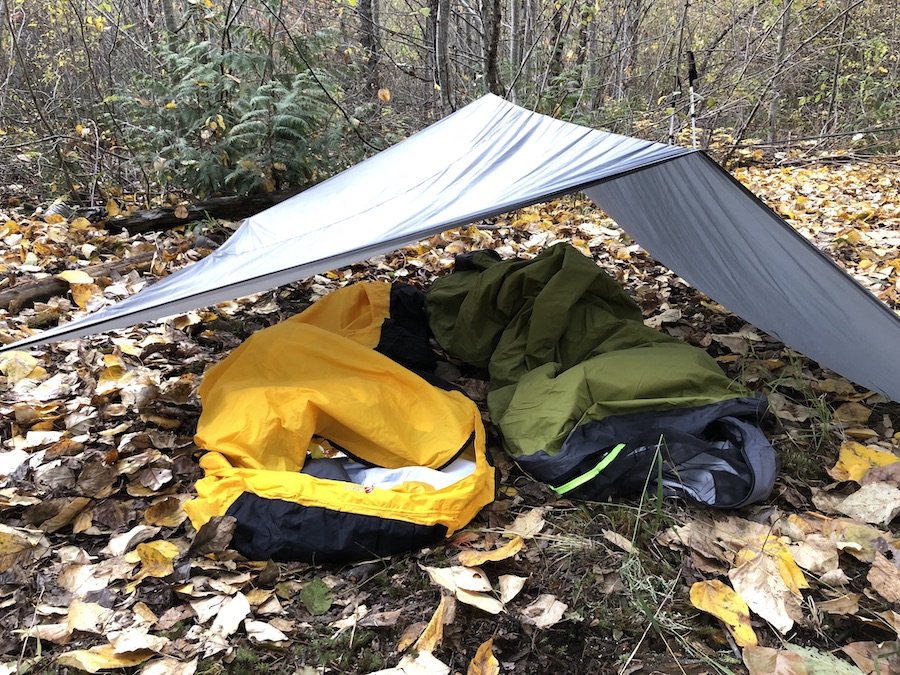
Though it went down to 0 Celcius that night with wind chill of -3, I never found myself overly cold. My toes started to feel uncomfortably cold around 5am but by that point I knew I would survive the night without bothering with the warmers so I didn't bother with them. As we both experienced, the hardest part was being comfortable on the ground. The ground was a little rocky and the leaves weren't enough to absorb them, nor were the skimpy pieces of foam. The ground where I was sleeping wasn't perfectly level either, adding to the discomfort. I also normally sleep with a knee bolster, but had to do without. I found myself waking up every 1.5-2 hours due to lack of comfort, basically any time I entered a lighter phase of sleep. Sean was worse off than me for sleeping and decided to bail at 1am. I totally understood why. He knew he would have to work on Monday and he hoped he would be able to salvage a bit of sleep by switching to the tent. When I got up to go pee at 4:30am, I was sorely tempted to switch over to the tent. But I figured if I had made it this far, why not go the distance? Though it was one of the worse night's of sleep I've ever had outdoors, I did survive the night, though I was pretty keen to get a fire going at 7am in the morning.
Our Experience with Our Instructor
It was the first time our instructor taught this particularly course, but he definitely had all the requisite knowledge to teach it. While his knowledge and experience was vast but his social skills and teaching manner were not their equal. It made for a number of uncomfortable exchanges and moments that made it awkward to spend so much time with him out in the bush. In terms of learning, the vibe and style of leadership also made it less fun and harder to learn the skills that weren't as intuitive for us. I don't want to focus too much on the negative though because even though he didn't have the greatest social/teaching skills, the course material was so well-organized and laid out that we were still able to learn and got most of the things we wanted out of the course.
I did provide some detailed feedback for the company, so that they could help him be a better instructor, and the head of the school took the matter seriously and is going to work with him to help him improve how he teaches and leads groups. I wouldn't want someone to come out of a course like that feeling like maybe the outdoors just isn't for them simply because a teacher needs a bit more work on his approach. No business or teacher can be perfect even with the best of intentions, but it was nice to see the school head own the situation and take action to improve. I hope that the instructor takes the feedback equally well as he does have a lot to offer.
Moving Forward
The Wilderness Survival Course with Can-West Mountain School gave me a lot to think about in terms of managing risk, through good planning, proper equipment, communication, and skill development. A lot of the information was intuitive or already known, but there were lots of other pieces that helped round out my overall knowledge base. I know what I know. I also know where I have gaps upon which could be improved. I also know I can survive the night in freezing temperatures with my basic emergency hiking kit. I think if anyone is spending any time far out in the wilderness, it's a fantastic idea to take a wilderness survival course like this if they're offered in your area. And if you are in the Greater Vancouver area, this weekend course is a great one to try. It is quite reasonably priced too. The next course I plan to take is their Avalanche Skills Training for Snowshoers as the winter season is just around the corner. They also have lots of other courses for different skills, including skiing, first aid, alpine, hiking/scrambling, expedition, etc, so be sure to check out their offerings if you're interested.
